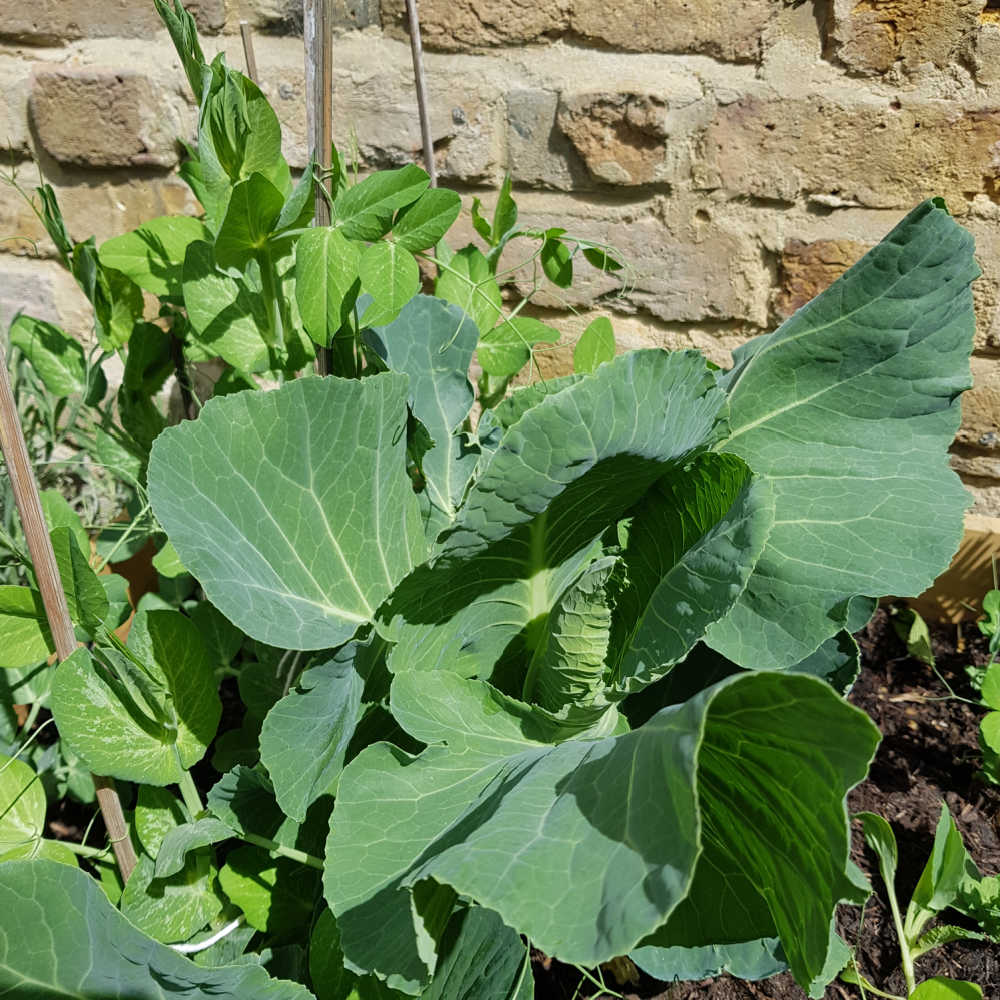
Collard and spring greens are some of the tastiest and healthiest cabbages around and they are incredibly easy to grow.
In fact, you can even grow collard and spring greens from scraps and stems so you don’t have to fork out for seeds.
Last year I grew spring greens from scraps and stems with my 10 year old that kept us in tasty cabbage leaves all summer long.
So if you’re just starting a vegetable garden or after seriously frugal food you should definitely grow collard and spring greens from scraps.
In this post I’ll take you through everything you need to know to grow collard greens from stems and seeds including how to harvest collard greens so they grow back after cutting. If you are looking for specific tips on growing and harvesting collard greens use the table of contents below :
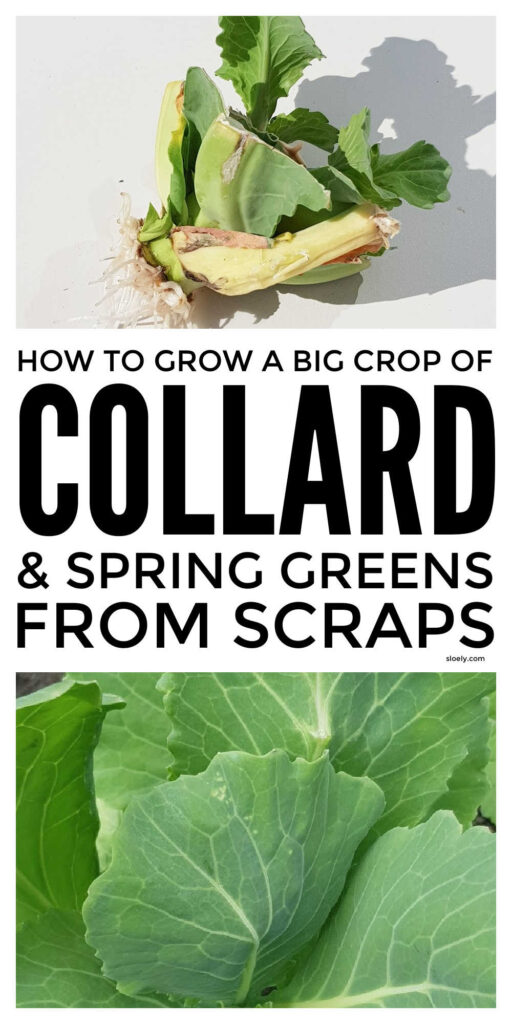
Table of Contents
1. What Are Collard & Spring Greens?
As we’ve covered already, collard and spring greens are incredibly easy to grow. In fact the only complicated thing about them is what they are!!
There’s a bit of a debate between us Brits and you Americans.
But basically what Americans call collard greens are near enough what we Brits call spring greens and they are both a nutritious loose leafed cabbage.
Any differences are really just a matter of which varieties grow best in the UK’s milder climate compared with the heat and extremes of the USA. So with readers both sides of the pond I will refer to them interchangeably.
And now we’ve got that out of the way let’s get on with some planting …
2. What Month To Plant Collard Greens?
Generally collard greens prefer cooler weather so it is best to plant collard greens in either:
- February to April : for a spring & early summer crop
- Or late summer : for an autumn or fall crop
Having said that, if you’re gardening in a cooler climate or have a spot in your vegetable garden that gets some sun but is not too hot you can keep planting spring green scraps right through into June in the UK.
If you’re late planting in the spring, it definitely makes sense to grow collard greens from scraps rather than seed for a quick harvest.
3. How Long Do Collard Greens Take To Grow?
Collard greens aren’t one of the very quickest growing vegetables grown from seed but they are when grown from a scrap of stem.
Collard greens regrown from a scrap or cutting can be harvested for young leaves within barely a month and for a bigger meal in 6 weeks.
I grew these greens in 5 weeks or so from stem scraps last year.
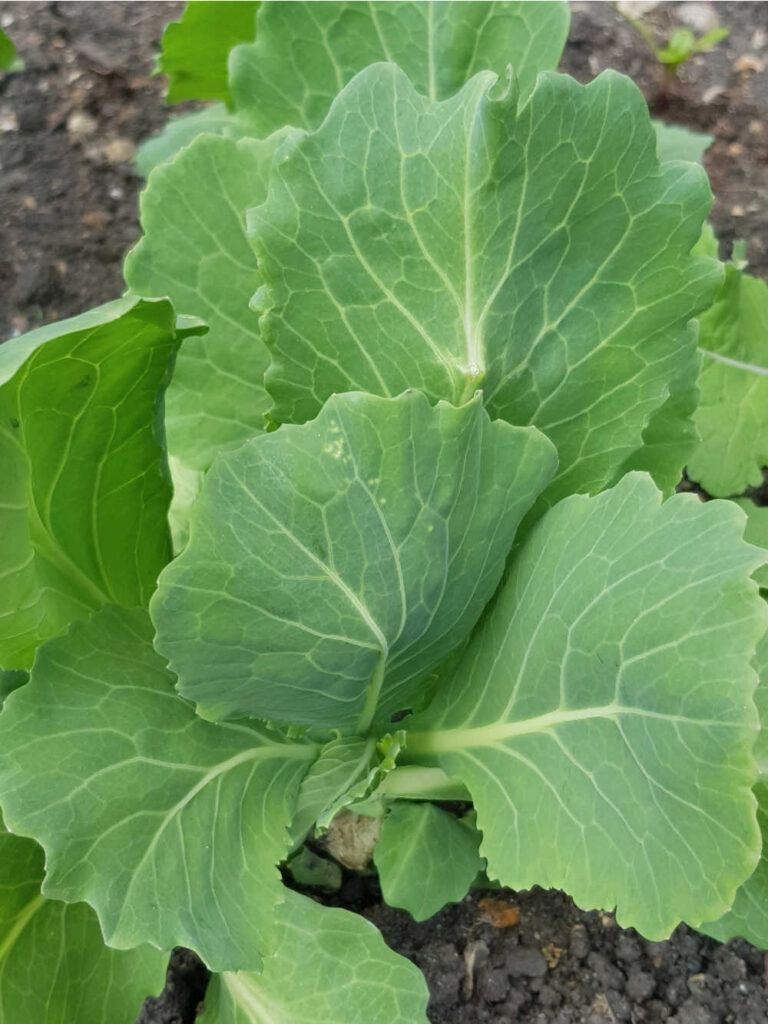
They don’t look enormous but you don’t need to grow enormous collard greens, the younger leaves are much tastier and not at all bitter.
And the brilliant thing is once you harvest the first leaves – leaving the stem in tact – your collards will grow back and will regrow even quicker giving you a cut-and-come-again crop for weeks and weeks if not months.
So you really do need to plant some and here’s how …
4. How To Grow Collard Greens From Scraps & Stems
Growing collard greens from scraps & stems couldn’t be simpler:
- Take the leftover stem of shop bought collard greens.
- Place in a small bowl or jar of water.
- In a week or so you will have roots and new leaf growth.
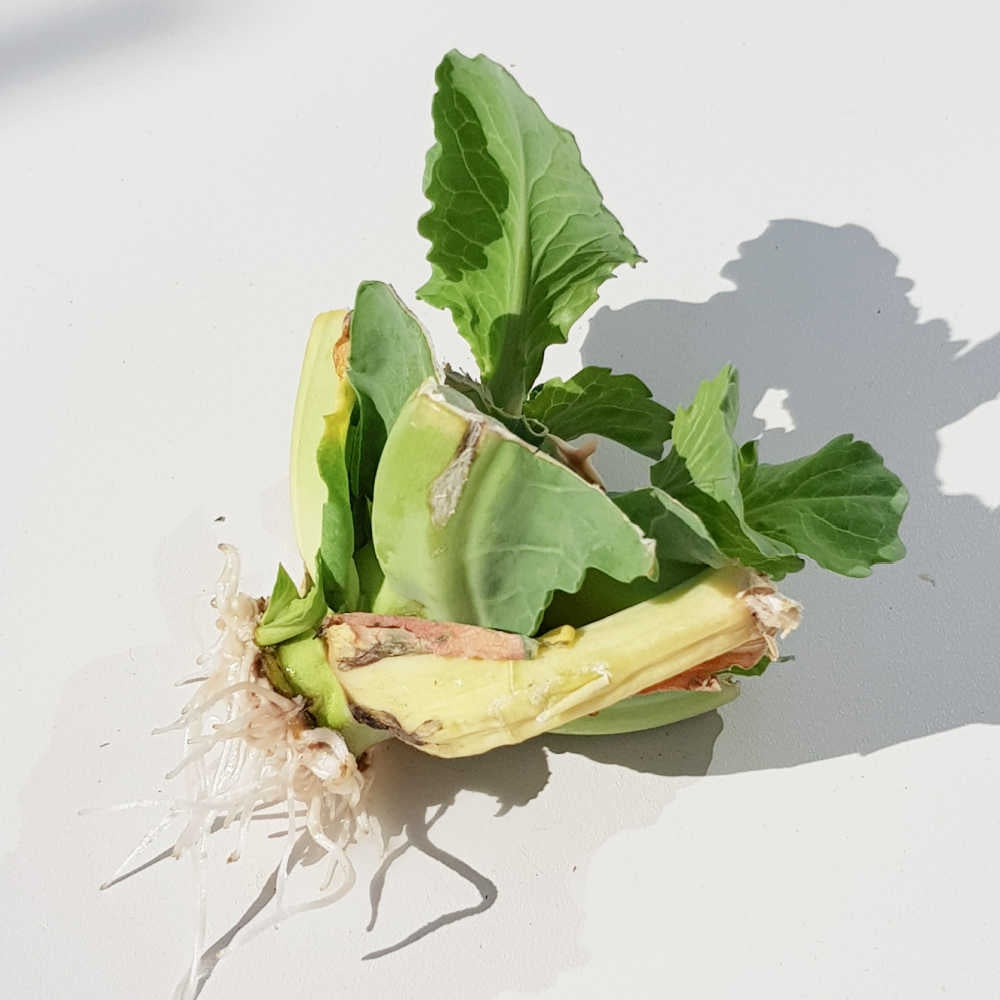
- Remove any soggy browning outer stem, it will come away easily.
- Then either pot or plant out your collard greens.
- In my experience these regrown plants are very robust and will grow well even in soil that is not that brilliant.
- These are my regrown collard greens just two weeks later last April in a fairly poor bit of vegetable bed I reclaimed from the lawn:
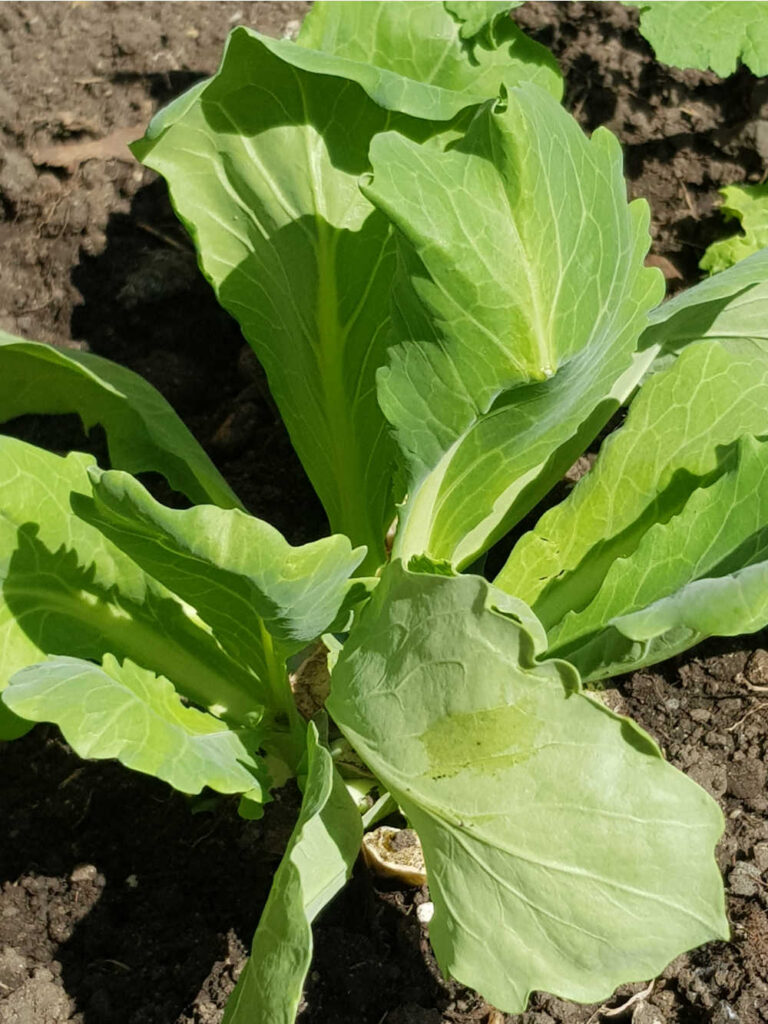
5. How To Grow Collard Greens From Seed
The benefit of growing collards from seed is that you get greater choice over what varieties to grow. This year I’m just starting my first scraps but am also planting some Greyhound spring green seeds.
- Collard and spring greens are easiest started in pots.
- This allows you to start planting in February.
- It is also easier to give spring green plants enough room in the vegetable bed when you transplant them without them hogging half the garden.
To start spring green seeds in pots:
- Sow seeds 1.5 cm / half an inch deep in separate pods.
- Transplant seedlings when a good 3 inches tall.
- Plant the seedlings out quite deeply to keep secure.
- And firm the ground down around them.
- It is typically recommended to grow spring greens at least 30cm apart but for a cut-and-come-again crop of tasty young leaves I think 20-25 cm is fine.
6. Growing Collard Greens In Containers
If you are starting your vegetable garden in a small space you can very easily grow collard greens and spring greens in containers. Again you can start regrowing them in a bowl of water and then transplant to a pot once they have roots and a bit of fresh leaf growth.
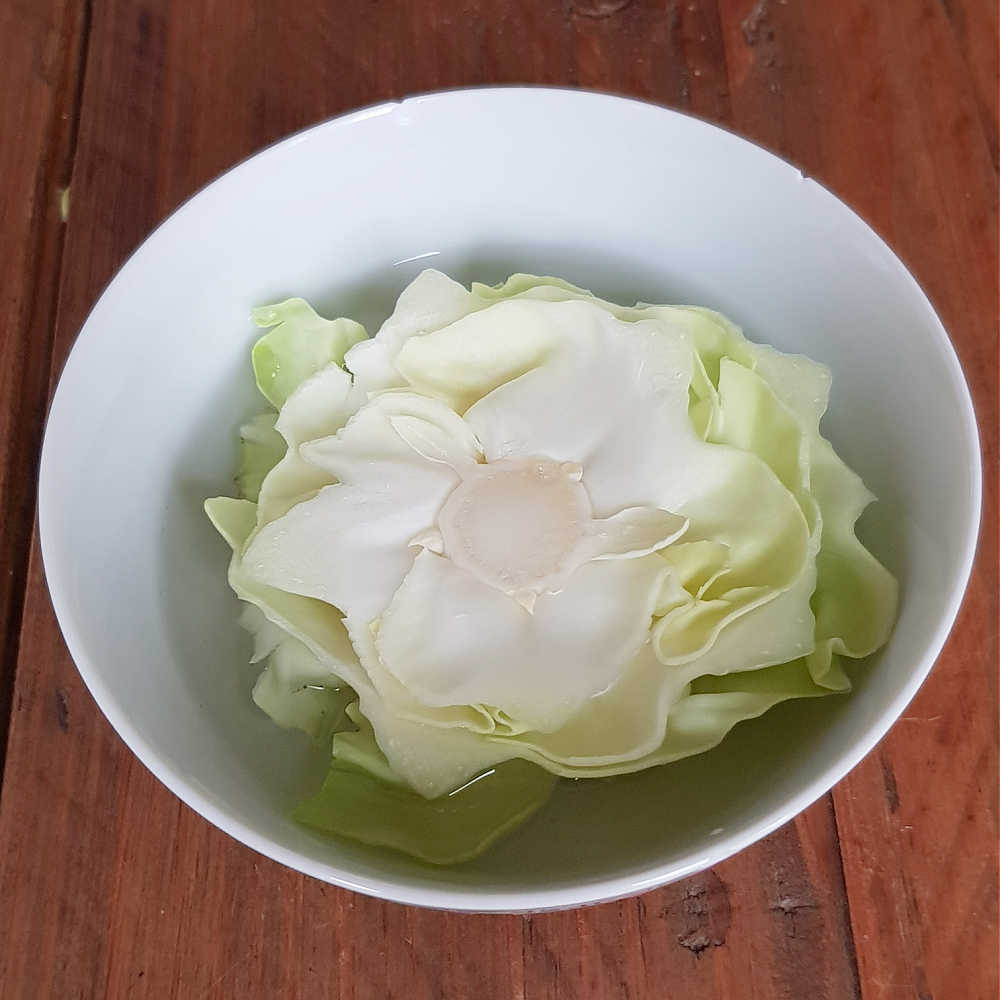
Most varieties of collards are very slim cabbages and don’t need an enormous container especially if grown as a cut-and-come-again crop but they do have active roots so to make best use of space grow your collard greens in tall, narrower pots.
Some spring and collard greens do best in partial shade whilst others prefer or are happy in full sun. If you’re growing from scraps you won’t know so grow your first crop in containers in different parts of your garden to experiment and see where they are happiest.
7. How Often To Water Collard Greens?
- Spring greens as most cabbages like to be kept moist but not soggy.
- They need about an inch or so of water a week if it’s not been raining.
- If your greens get too dry in late spring they may bolt and flower.
8. Harvesting Collard Greens
Collard greens should – in my book – be harvested early and often as you want to eat them. Just cut the leaves you need and let them regrow over and over. I see no benefit to enormous plants ready all at the same time.
We eat spring greens a few times a week in stir fries, Italian style soups and a wonderful cabbage gratin from Nigel Slater or as a very quick side plunged in boiling water and sautéed in butter and garlic.
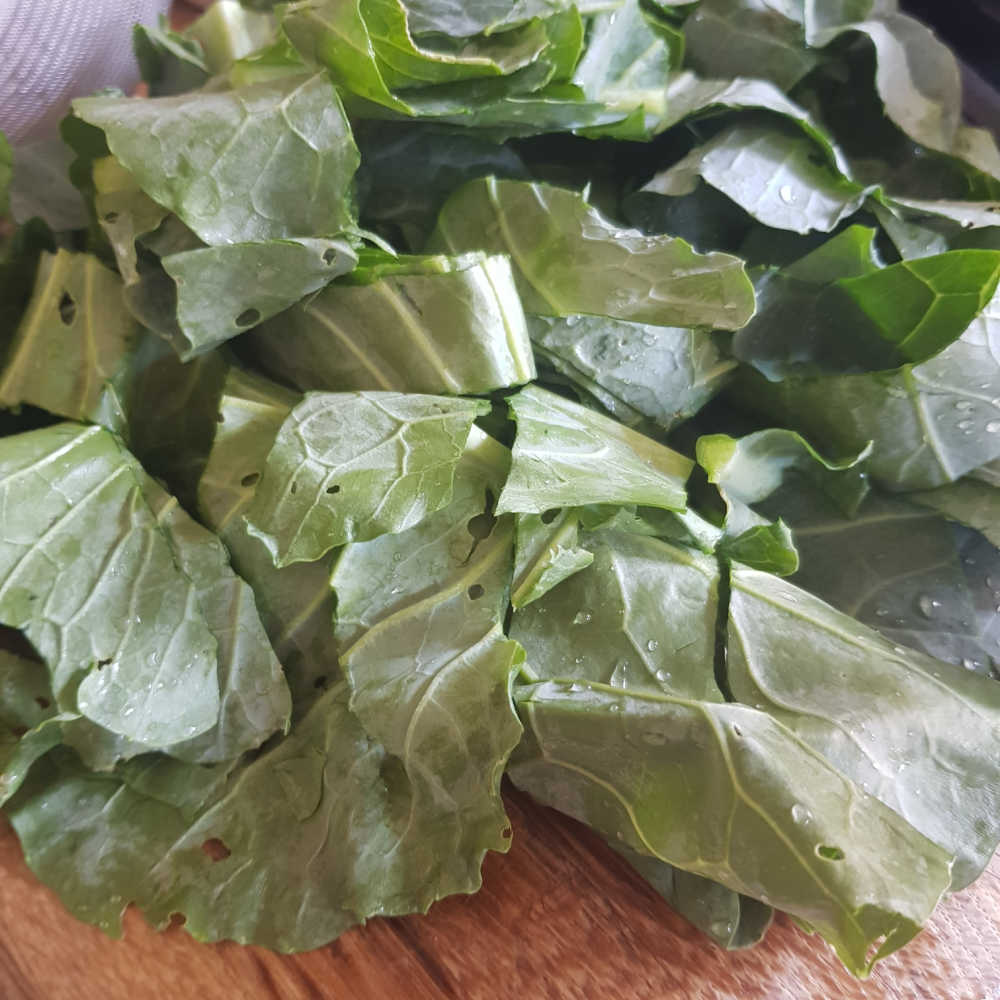
9. Growing Collard Greens In Summer
Collard greens do prefer growing in cooler weather but I have found you can keep growing them through the summer in milder UK climates.
These are my spring greens in July last year in a fairly sunny bed in my London garden. They are still growing strong despite being used as a trap crop for various pests and being under onslaught from the caterpillars!!
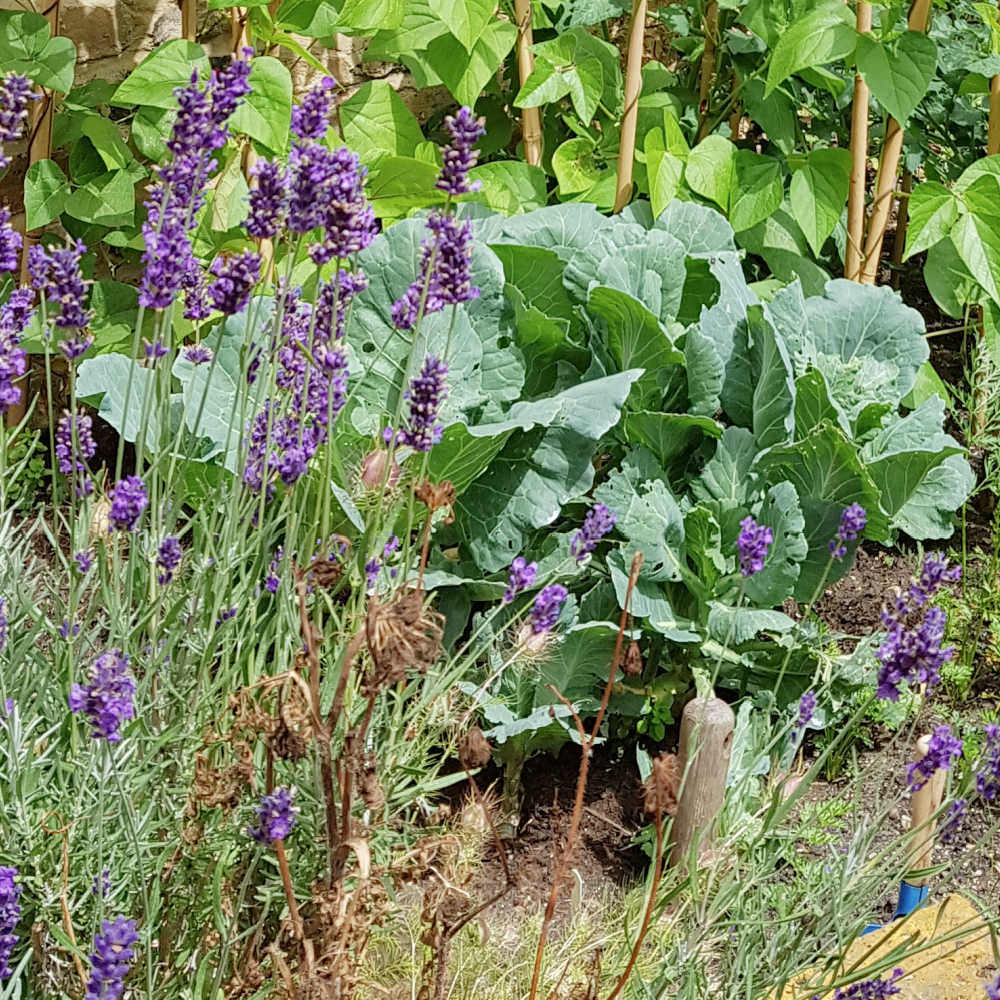
10. What Is Eating My Collard Greens?
Collard greens like most cabbages are vulnerable to:
- Cabbage white caterpillars often known as cabbage worms. They can be very hungry caterpillars but with a small crop of 5 or 6 plants it is pretty easy to keep on top of them manually as their eggs are easy to spot on the underside of leaves. And it’s worth remembering that the Cabbage White butterfly is a great little pollinator so accommodating a few hungry caterpillars on your collard greens is no bad thing especially if you are trying to garden organically but if they really are being a pest here are 8 organic ways to control cabbage worms.
- Owlet moth caterpillars more commonly known as cabbage loopers. Again the caterpillars can eat a lot but the owlet moths are valuable pollinators so find a balance.
- Flea beetles are tiny jumping beetles that pepper collards and spring greens little bullet holes. You can try companion planting basil as a repellent or cover beds with insect proof mesh.
11. What’s Wrong With My Collard Greens?
In my experience collard greens and spring greens grown from scraps are pretty robust. But like all brassicas they can suffer from clubroot and root rot and from downy mildew.
Companion planting with turnips and garlic can help to prevent disease as both have anti-bacterial and anti-fungal properties for the soil.
12. Do Collard Greens Come Back Every Year?
Collard greens are typically planted as annuals but I have found if you cut the leaves down at the end of autumn, lift the plants, pot them and keep them somewhere cool but not really cold they will kind of hibernate over the winter and start growing again as soon as it warms up even a little bit.
I can’t vouch for how often you can do this but if you want some really early cabbages in spring it’s worth a go.
And there you are, absolutely all the tips you need for growing collard greens and spring greens from scraps. It really is a great easy way to grow a quick crop very cheaply in a new vegetable garden. Do give it a go.
And for more grow your own tips for beginners check out these posts:
- Growing Vegetables For Beginners On A Budget
- Vegetables To Plant In Early Spring
- Growing Vegetables From Scraps
- Growing Turnip Greens & Cime Di Rapa
- How To Grow Peas Successfully Organically
- How To Grow Spinach Tips
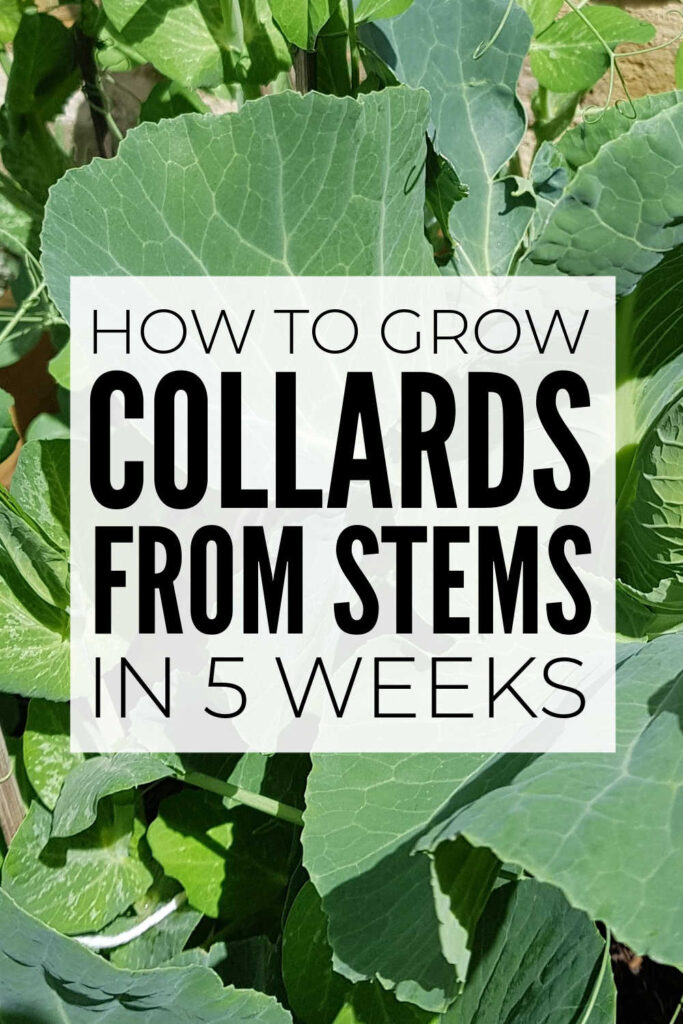
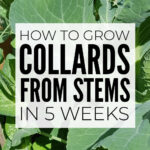

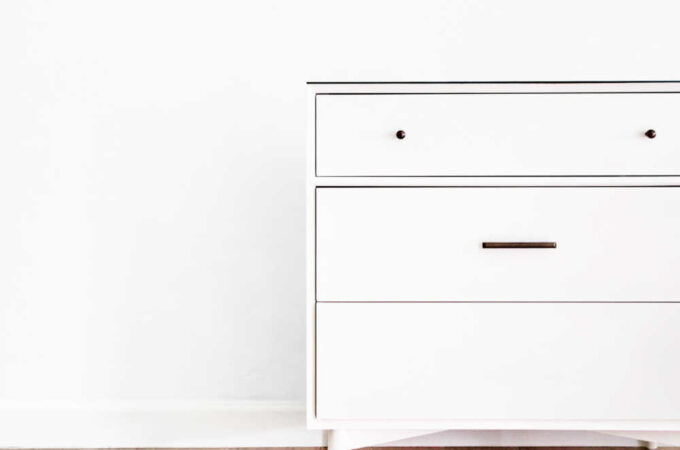

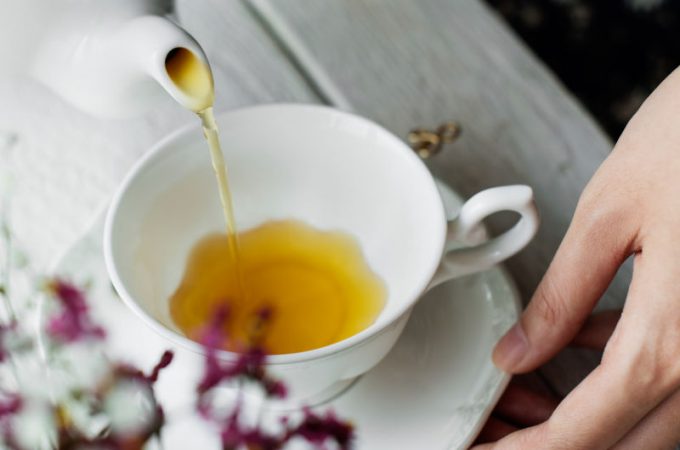
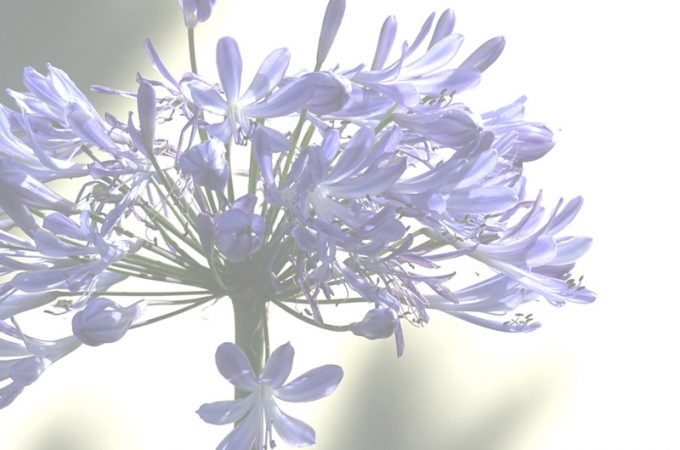
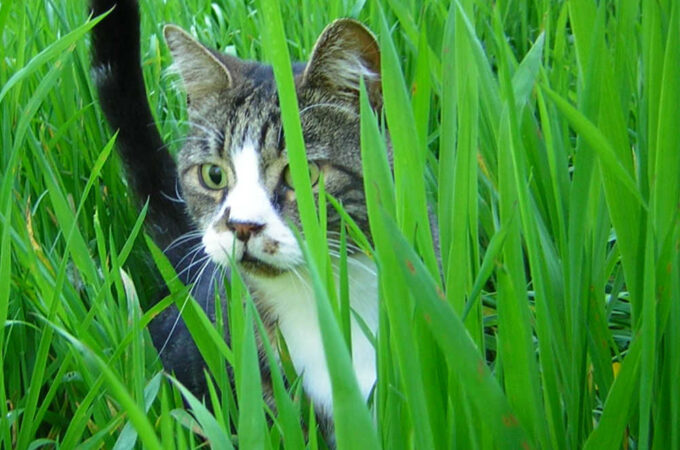
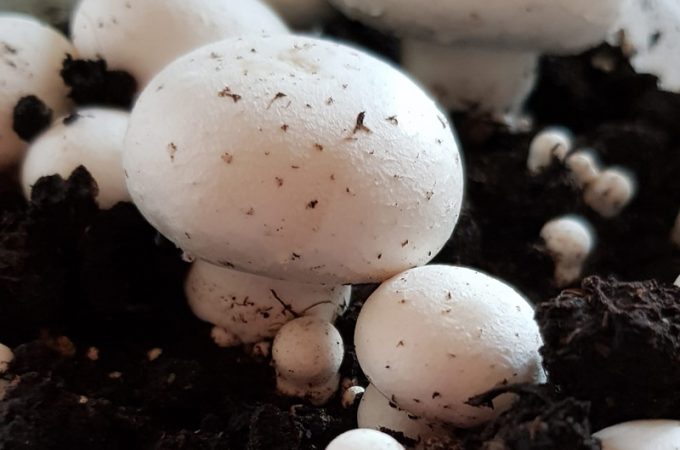
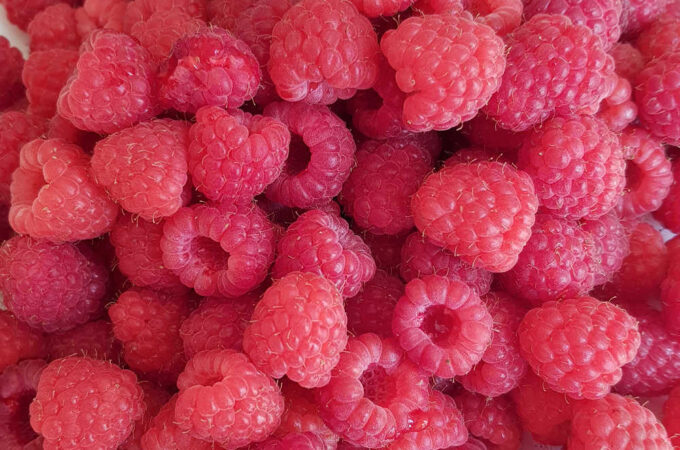
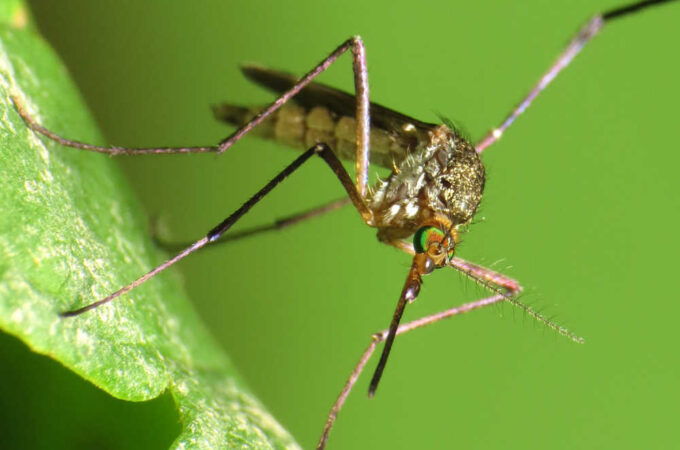
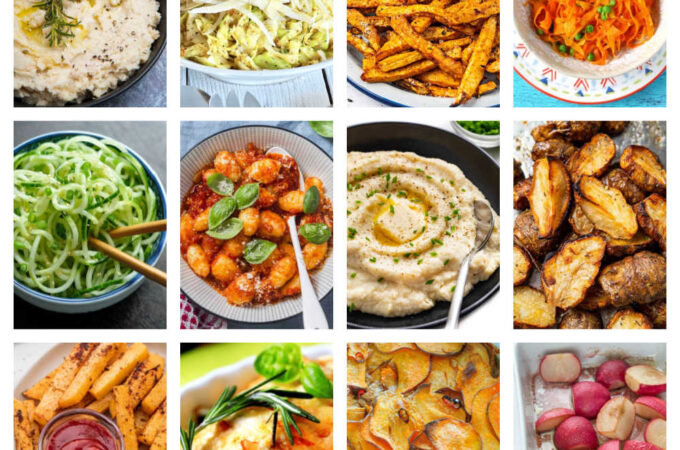
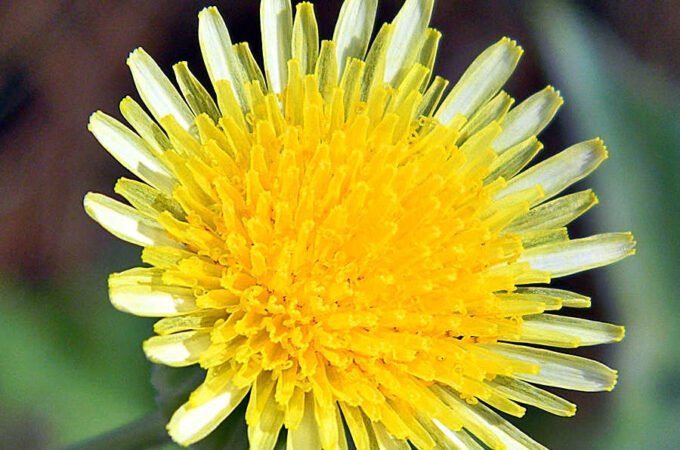

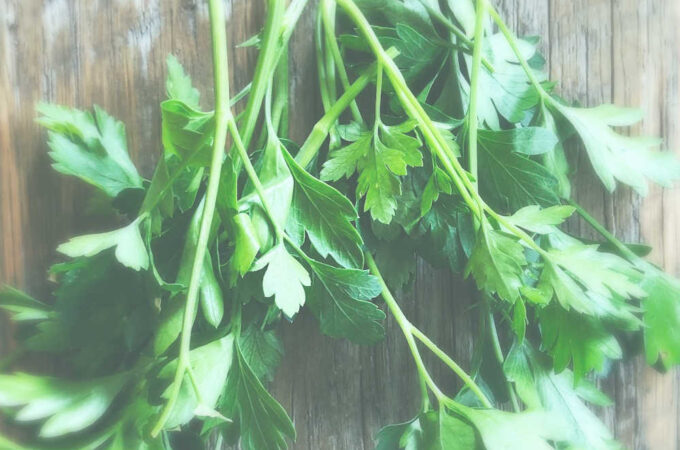
Leave a Reply